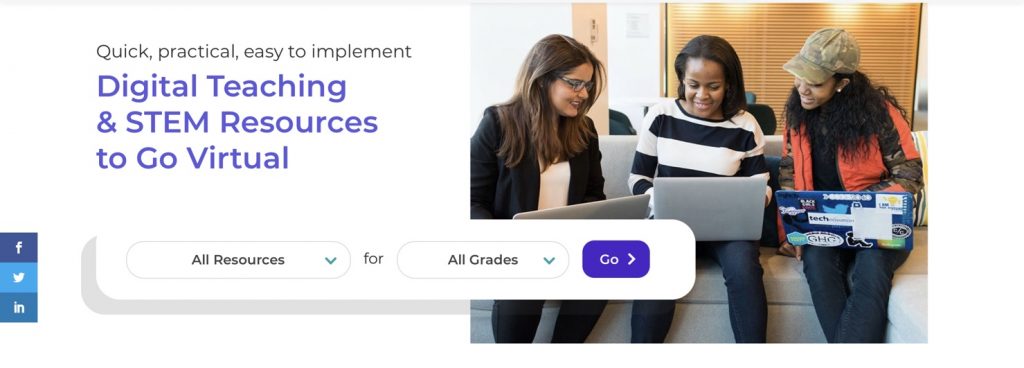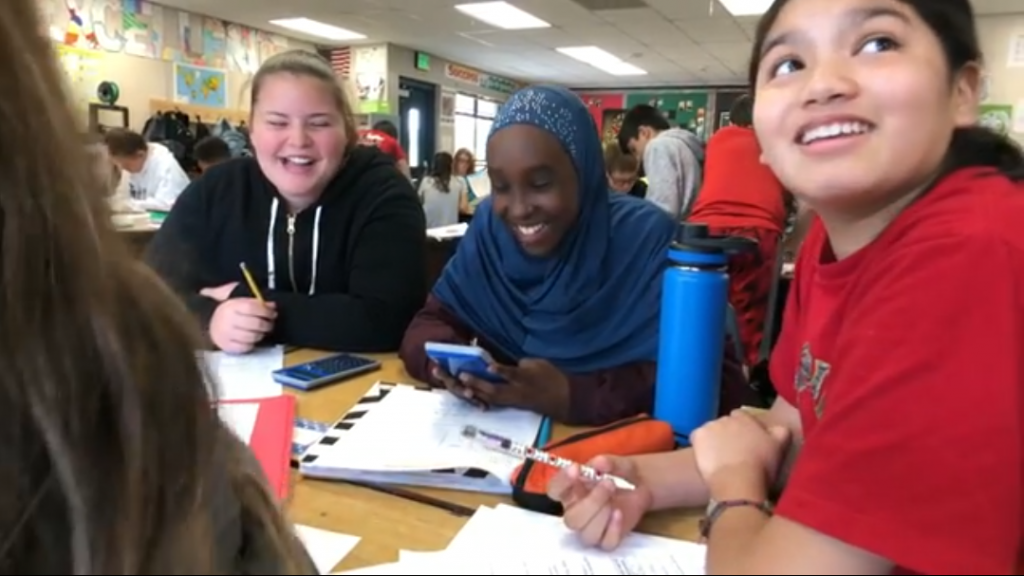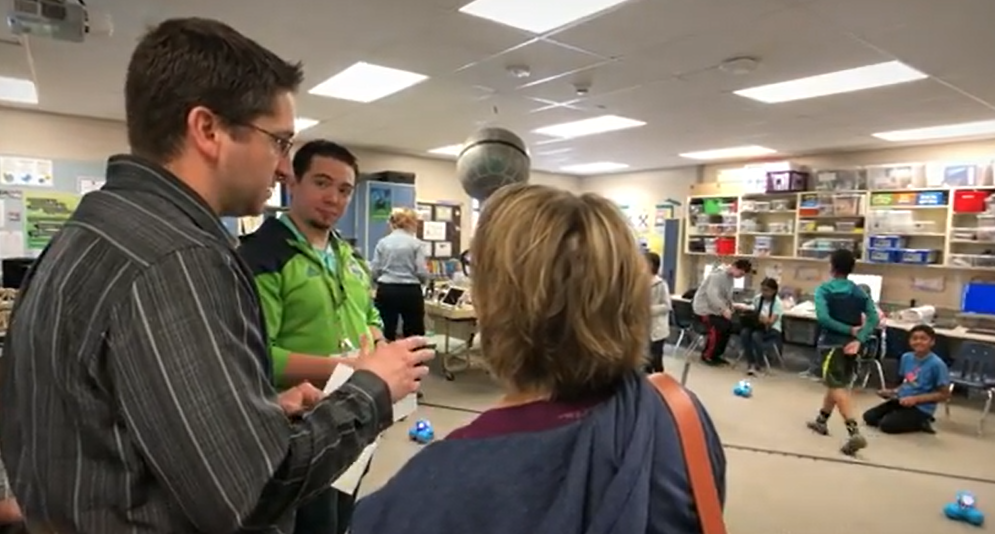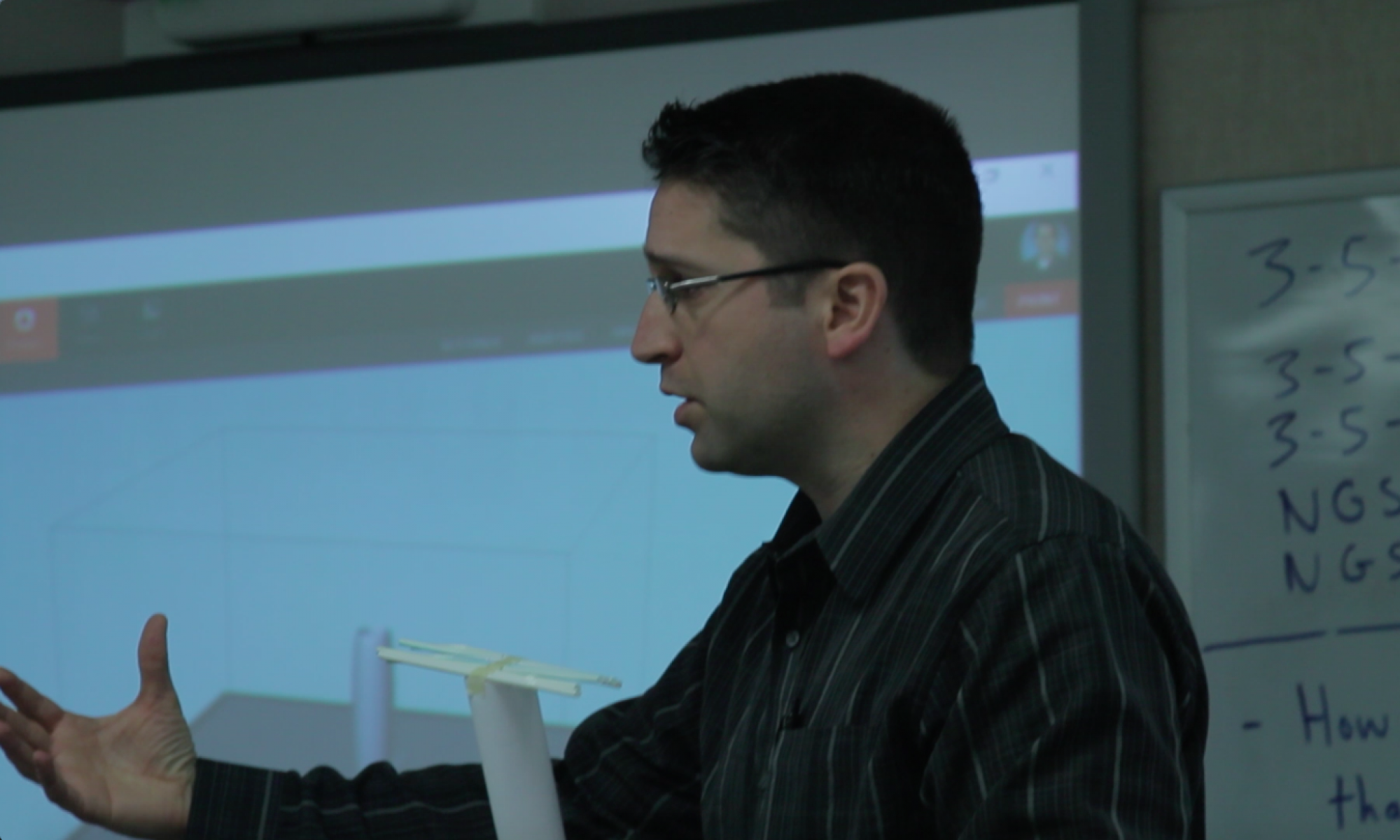
The ISTE Standards for Coaches 3a, “Establish trusting and respectful coaching relationships that encourage educators to explore new instructional strategies,” highlights the need to focus on establishment of relational capacity between coach and teacher early and often so that both words of encouragement and new instructional strategies can be communicated in a trusting and respectful manner.

Source: STEM for All Students
Evidence: “My principal, Gregory Kroll, is one of my personal and professional heroes. Now, I no longer teach at Martin Sortun Elementary, but, at 8 years, he was my longest running principal. The man gave more than I knew was possible and had a heart to match. Whatever you needed, whatever it took, he was there for you. One of the things he used to tell me is that teaching, coaching, and working in a school “are all about relationships” at the end of the day. What your relationship is with a person (colleague, parent, student, etc.) will affect every aspect of the interactions and outcomes. His insight shed light on the need to be aware of relationships as will as the need to grow and cultivate positive relationships with everyone (not taking anything for granted). This leads me directly into the first component ISTE Coaching Standard. Without 3a, components 3b-3d are difficult at best. Establishing trusting relationships is the foundation to any form of instructional coaching.”
Explanation: Effective coaching requires trusting and respectful relationships so that educators are willing to hear the encouragement and new strategies that the coach has to share.

Evidence: “A critical part of effective collaboration is clear communication and utilizing strategies that support this. A simple but powerful strategy that Dr. Foltos references in his book is paraphrasing, “In its simplest form, paraphrasing is the listener repeating, albeit in a modified form, what he or she heard the speaker say.” This facilitates clear communication and ensures understanding while also demonstrating that the coach is practicing another critical listening skill that Dr. Foltos refers to as active listening: “Active listeners are focused on what the speaker is saying. They look right at the speaker, block out competing thoughts, and assess what the speaker is saying.” This also ties into one of Dale Carnegies key strategies for building relationship, “Be a good listener, encourage others to talk about themselves.” Again, all of this builds toward the coach being able to grow the relationship with the teacher while helping the teacher grow in his or her practice, “Give honest and sincere appreciation” and “praise the slightest improvement and praise every improvement. Be hearty in your approbation and lavish in your praise,” (Carnegie, 1936). This strategy is so important and underutilized that it’s worth citing additional support from an Edutopia article on the topic by Shannon McGrath and entitled 5 Vital To-Dos for Instructional Coaches, “Be vocal about the good you see: Teachers rarely get focused feedback on the practices they devote so much of their time to improving. Be constantly on the lookout for small moves your teachers are making that shift students, efforts that go above and beyond expectations, or relationships that are making the difference for students.“”
Explanation: Clear, kind, and encouraging feedback accelerates the growth of relational capacity between teacher and instructional coach so that mutual trust and respect can grow.

Source: Teaching by Design, Part Deux
Evidence: “There are a lot of different ways to approach coaching a colleague on lesson improvement. The addressed areas of Standards Based, Engaging, Problem-Based Task, Technology Enhances Academic Achievement provide great starting point and reflective lenses through which to evaluate lessons. However a peer coach is approaching a colleague, Dr. Foltos provides sound advice in that “Any coaching conversation about improving a colleague’s work must start with a clear statement that praises what’s good about the learning activity.” This advice draws on the first leg of Dr. Foltos’s instructional stool, “coaching skills (communication and collaboration)”. These skills are critical to the peer coach’s success and must be present throughout his or her coaching interactions and work. In other words, tread lightly so as to “Begin with praise and honest appreciation” and “Be ‘hearty in your approbation and lavish in your praise’” to quote Dale Carnegie as you are truly try to win over your colleagues and influence them in the best possible way.”
Explanation: Starting a coaching conversation with clear praise lowers barriers and engenders receptiveness to new ideas so as to help build a trusting and respectful coaching relationship.

Source: Coaching the Coaches
Evidence: “The overarching task of peer coaches in the SPU DEL program is partnering with a peer to practice applied coaching skills and strategies. One of the first things to consider are the various roles and approaches that a peer coach can take on: facilitator, collaborator, expert, and catalyst. There are times for each, however, a 1-on-1 focus lends itself well to collaboration. If the interaction were more of a large-group instructional setting then facilitator may have been the best option, whereas more of a one-time consulting-type interaction may have meant an expert approach. Growing into relationship over time can result in a catalyst role, however, this generally takes time and a significant level of relational capacity. With all of this in mind, my approach to working with a colleague was to focus on the role of collaborator so that we could grow our peer coaching relationship together. Our initial meeting focused on getting to know each other with relation to this task, agreeing upon relational norms of interaction, and setting goals for our time together. This naturally led into and supported the rest of our peer coaching work together.”
Explanation: Understanding the roles of an instructional and which role to embrace when helps establish trust and respect as teachers know what to expect within the different contexts of the coaching role as the coach shares encouragement and new instructional strategies.

